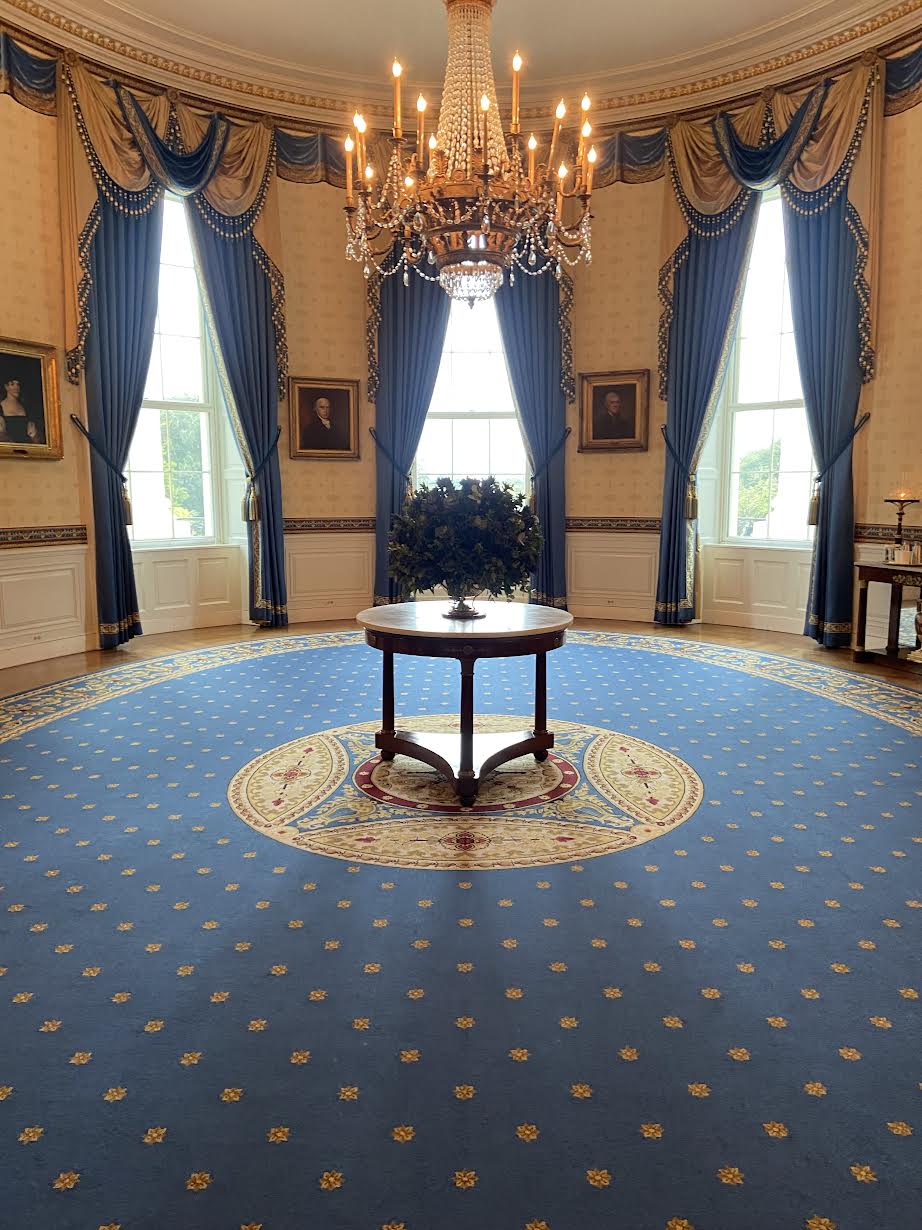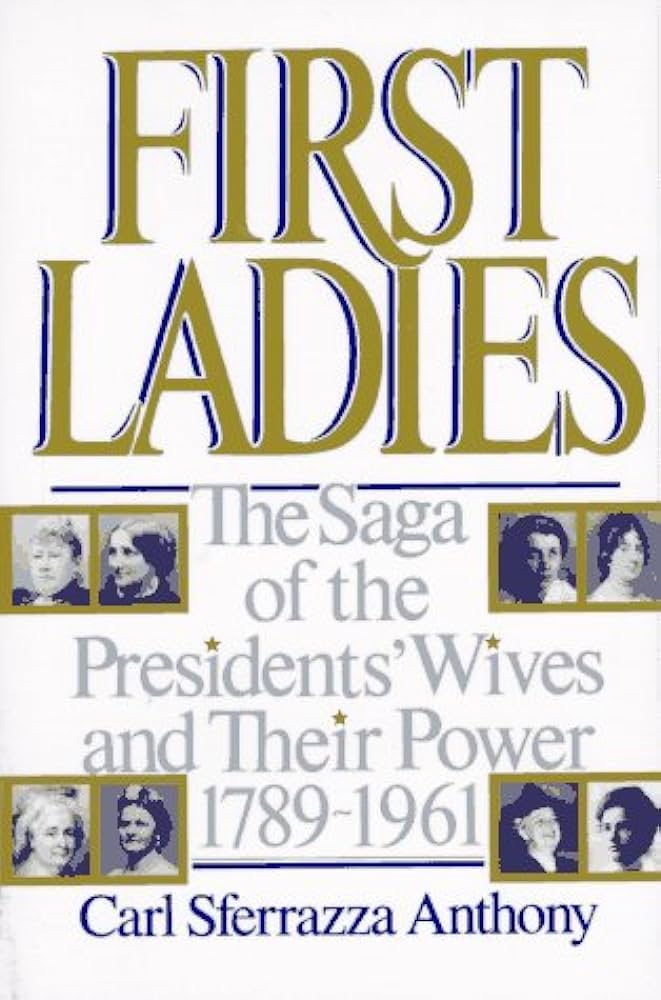Leslie Stahl started the conversation by saying she felt First Ladies are incredibly courageous because they are constantly scrutinized about how they look, what they say, and what they do. She reasoned their unelected power is cause for concern for many Americans. Many historians believe the First Lady is the only person the president trusts, so her perceived versus her actual power is a bone of contention. It appears most First Ladies hide their power to avoid public scrutiny. First Lady Jacqueline Kennedy admitted she didn’t want people to think she wielded power like Eleanor Roosevelt did.
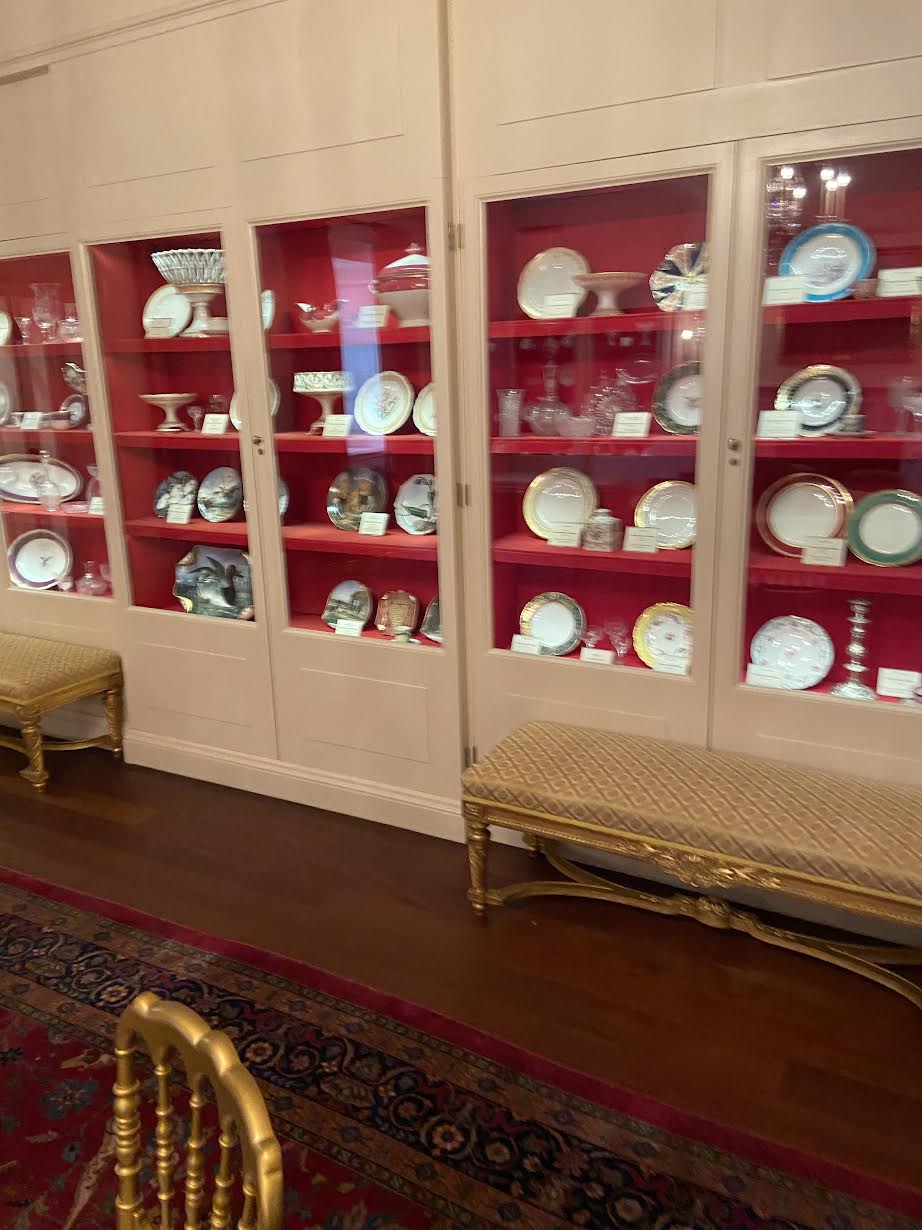
According to the Author, several First Ladies were very powerful. Mimi Eisenhower got behind civil rights, Mary Lincoln backed emancipation, Mimi Eisenhower fought for Civil Rights, and Lady Bird Johnson might have been photographed throwing wildflower seeds on the highway ‘to keep America Beautiful’, but behind closed doors, she ushered in the first of many important environmental protection laws.
Over the past 200 years, the White House has been the residence of 44 presidents. Transforming the presidential home into a mansion worthy of welcoming foreign dignitaries and other honored guests often fell on the nation’s First Ladies.
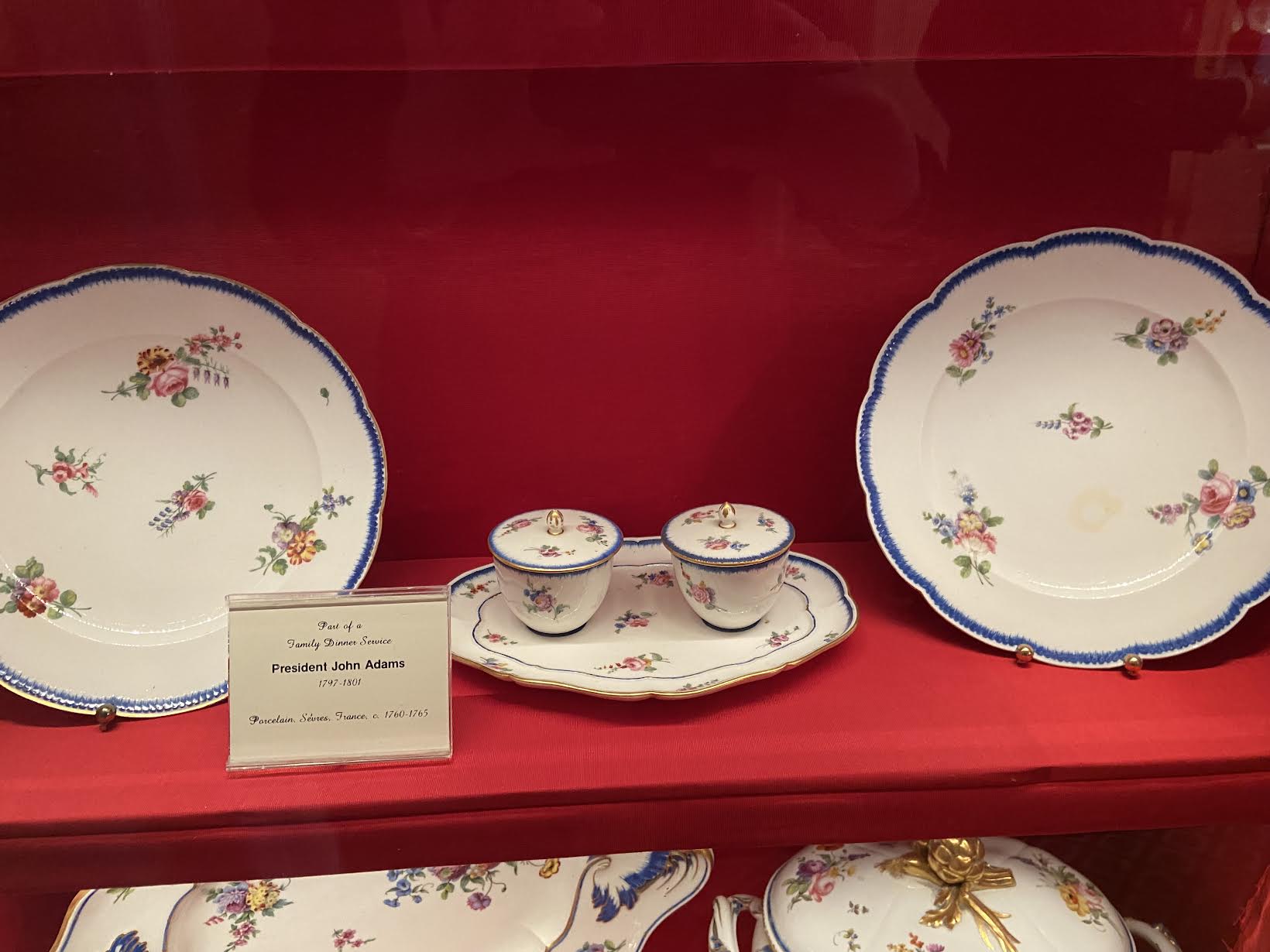
About a month beforehand, President John Adams moved into the new White House in Washington DC; it was unfinished. The president and First Lady Abigail Adams made six rooms comfortable and had others prepared for official entertaining using furniture shipped from Philadelphia.
The First Ladies who had the greatest impact on the White House refurnishing were Dolley Madison, Mary Todd Lincoln, Jacqueline Kennedy, Nancy Reagan, and Pat Nixon.
In 1809, President James and Dolley Madison moved into the nearly completed White House that contained worn furnishings from past administrations. Mrs. Madison employed Surveyor of Public Buildings Benjamin H. Latrobe to refurbish the State Floor, and he custom-designed furniture for the Oval Office. She redecorated today’s blue room in yellow. She was known to stand in the middle of the room to greet guests so she could be the center of attention while her husband, who was quiet and small, stood in the corner.
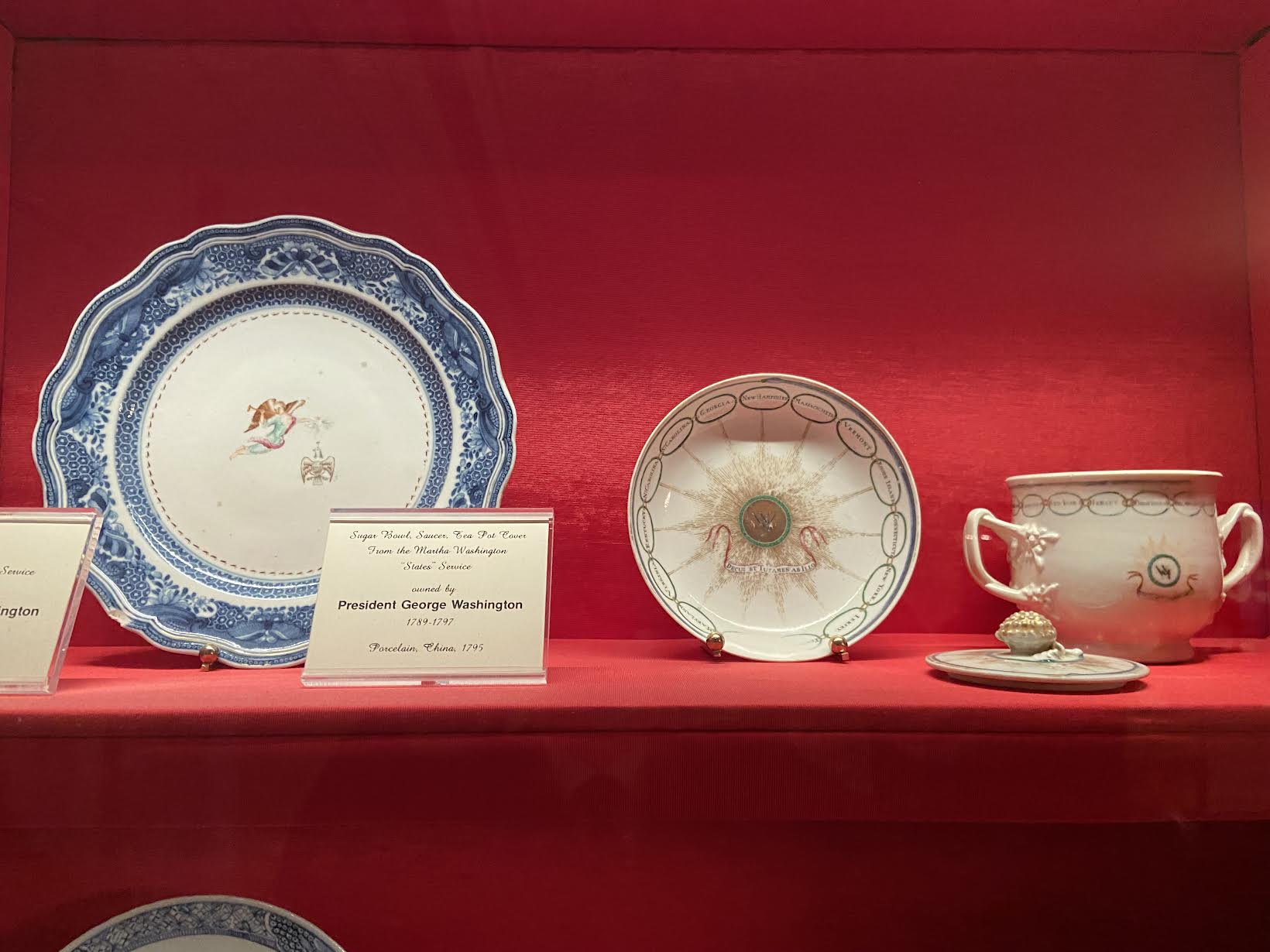
On August 24, 1814, British forces invaded Washington, D.C., and set fire to the White House. The responsibility of rebuilding the White House fell on the new president, James Monroe, and First Lady Elizabeth Monroe. Their goal was to restore the dignity and grandeur of the President’s House as a conspicuous symbol of a strong, united country. However, the President and First Lady were considered to be snobs. She refused to return social calls, and the two often spoke to each other in French at State Dinners, to the dismay of their guests. They ordered the elegant French Empire furnishings to furnish the White House, which didn’t bode well with the American public.
President Andrew Jackson’s 1829 inaugural reception turned into an exuberant drunken party, breaking china and soiling seat cushions. A $14,000 appropriation was used to repair and refurbish the interior and replace the broken dishes and glassware. Even though the public perception was that Andrew Jackson was spendthrift, he spent $45,000 for new furnishings, an enormous sum at that time.

Other tidbits: War hero Ulysses S. Grant and First Lady Julia Grant‘s questionable taste was described as ‘late Mississippi Steamboat.’ Their gaudy makeover, with its grand gas globe chandeliers, became a symbol of the dark side of the Gilded Age after scandals related to his presidency surfaced.

First Lady Helen ‘Nellie’ Taft smoked, drank, gambled, and surfed! She also drove. She created a cherry orchard and suffered a stroke.
On this Divabetic podcast, Clarence Waldron talks about his stroke and recovery, working as Senior Editor and Writer of Jet Magazine, and his memories of Luther Vandross and Aretha Franklin.
Clarence’s story is an excellent reminder of why it’s essential to ACT F.A.S.T. if you or a loved one is experiencing a stroke. The acronym FAST (Facial drooping, Arm weakness, Speech difficulties, and Time) has been used by the National Stroke Association, American Heart Association, and others to educate the public on detecting stroke symptoms.
First Lady Jacqueline Kennedy visited the White House as an eleven-year-old girl. She was disappointed by the frayed curtains and lack of luster in the home. She also was upset she didn’t receive a booklet or book after the tour.
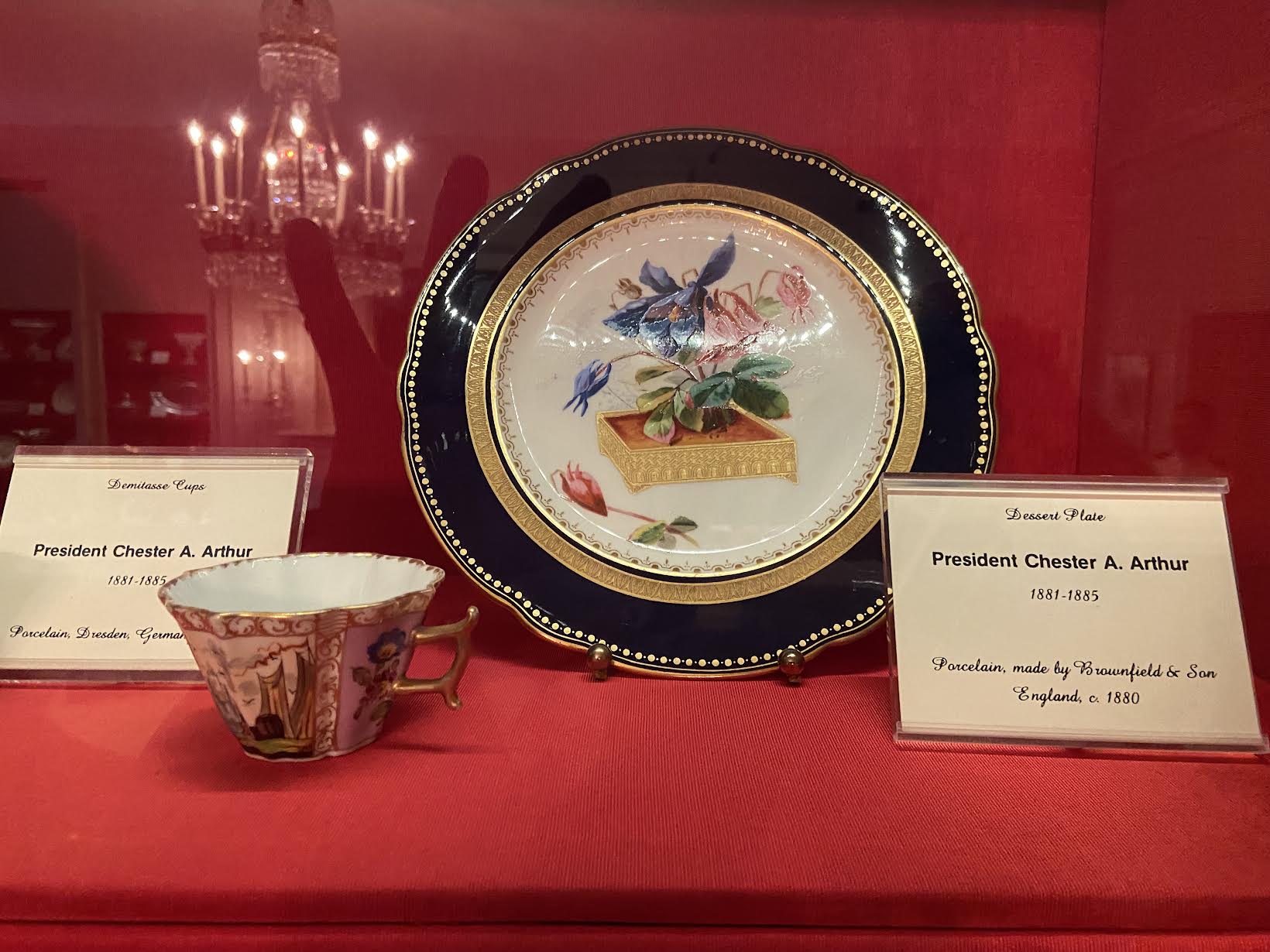
As First Lady, she began an extensive program to revive the historic character of the White House. She formed a Fine Arts Committee to advise her on acquiring authentic period furnishings, and Lorraine Waxman Pearce was hired as the curator of the growing collection. She created the first visitor guidebook, published by the White House Historical Association. A call for donations by Mrs. Kennedy led to a great influx of authentic furnishings, including three original chairs from Monroe’s Oval Room suite and a chair made for the East Room in 1818—an Act of Congress in 1961 extended legal protection to these and all White House objects.
Tibit: Since you can’t throw any furnishings from the White House, it’s all stored in storage units around Washington DC.
In 1970, First Lady Patricia Nixon and the Committee for the Preservation of the White House began a program to furnish several of the rooms with American decorative arts. She massed the largest collection of Americana artifacts, including hundreds of pieces of furniture, nineteen chandeliers, china services from past administrations, and carpets to the White House. She also opened the White House to the blind and people with disabilities. She allowed night tours of the White House so that people who worked 9 to 5 could still visit. She also amassed the biggest collection of Americana artifacts during her tenure.
Nancy Reagan was crucified for the refurbishing she did in the public and private quarters of the White House. The American people wrongfully accused her of spending excessive taxpayer dollars on redecorating and a new state dinner and dessert service with 220 place settings, each with nineteen pieces. But the receipts show she used private funds. When I visited the White House, I liked her china pattern the best even though I didn’t care for her. I will never forget the horrific way President Reagan and First Nancy Reagan turned their backs on millions of gay men during the AIDS crisis.
Lesley Stahl shared some hot gossip about Nancy Reagan. When Barbara Bush showed up for a luncheon at the White House in a red dress, Nancy told her to go home and change. Apparently, ‘red’ was Nancy’s color, which meant no one else could wear it.
Lesley Stahl wrapped up the discussion by asking Author Carl Sferrazza Anthony whether or not marriages improve in the White House. He answered, “for the most part.” However, he noted that the Hoovers had a strained marriage during his presidency.
Help Us Light the Way During National Diabetes Awareness Month (November)
Approximately 96 million American adults—more than 1 in 3—have prediabetes. Did you know that over 80% don’t know they have it? Prediabetes increases your risk of developing type 2 diabetes, heart disease, and stroke.

This November, join Divabetic’s Blue Candle initiative and encourage your friends, co-workers, and family members to be screened for pre-diabetes. The Centers for Disease Control (CDC) offers a quick, easy online Pre-Diabetes risk test.
Prediabetes Risk Test
Be by their side when they check, and share your experience of living well with diabetes so they can see that living well with diabetes is possible. Together, we can help others come out of the dark, address their diabetes health status, and start living their lives to the fullest.
We’re sharing excerpts of interviews from our favorite Divabetic podcasts over the years. This excerpt is from our Prediabetes and Type 2 Diabetes Diagnosis Turnaround podcast with Jill Weisenberger, MS, RDN, CDCES, CHWC, FAND, and gospel singer Pat Lacy.


